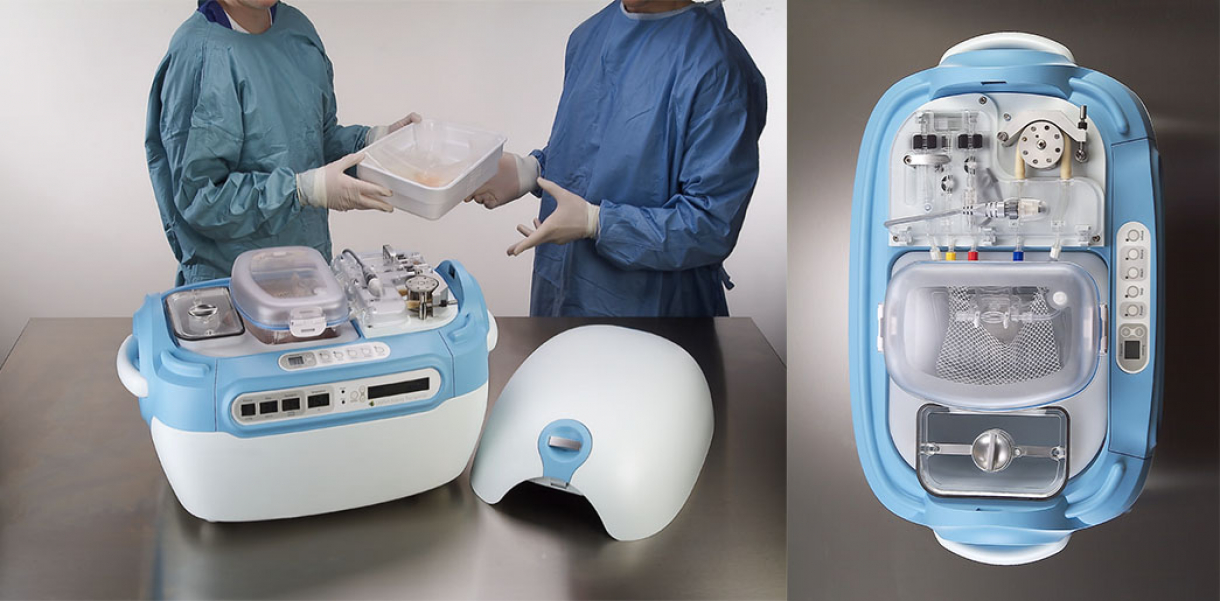The LifePort Kidney Transporter preserves and protects a donated kidney during the sometimes long, cold journey from recovery to transplantation.
Functionality and use of design
The LifePort Kidney Transporter gently perfuses kidneys with a cold physiologic solution to improve order condition during transport to transplant recipient. The device prolongs cold storage time from the current 18 hours to 35 hours or more.
How did this design improve life?
The LifePort Kidney Transporter preserves and protects a donated kidney during the sometimes long, cold journey from recovery to transplantation. Fully supporting the organ with arterial flow, pressure, and pulse, Lifeport functions much like a hibernating surrogate body. This portable device can safely be carted through a hospital, driven over city streets, or shipped cross country in air cargo, displaying and recording vital signs all along the way. LifePort is today helping surgeons in Asia, Europe, North America and South America perform more transplants with better outcomes.
In a study presented to the XIX International Congress of the Transplantation Society (2002) Jacobi et al found that machine preservation improved the condition of kidneys and was an effective organ evaluation tool. The study determined that the use of the machine perfusion protocol increased the number of transplantable kidneys, rescuing 50% of the study group’s kidneys that might otherwise have been discarded.
A retrospective review of transplant data indicates that these perfused kidneys function better after transplant than statically stored kidneys. This review in the USA showed that if perfusion was the standard of care nationwide, the resulting combination of more organs and improved outcomes could save the healthcare system more than $1 billion annually.
Today (2005) the LifePort is in use in nine transplant centres in the UK, two in Spain and eight in Belgium and is about to be used in The Netherlands and Germany.
Drawbacks of life improvement
none known
Research and need
The product addresses the serious need for donated organs. When creating this portable device it was vital that the extensive engineering complexities were solved, and it had to be easily transported by a wide variety of hospital personnel and air and other transport personnel. User observations were carried out on products in similar categories to ensure its high portability, robustness, ease of use and clinical efficiency. In addition, an Engineering focus on lightweight materials, low power consumption, thermal efficiency, fail-safety, clinical integration, and organ preservation science became key aspects of the LifePort design.
Designed by
Andrew Burroughs, Dickon Isaacs, Stacy Benjamin, Dick Grant, John Grimley, Jerry O’Leary, Anton Schubert, Amy Schwartz, Paul South, Eric Sugalski, David Kravitz, Douglas Schein & John Brassil - USA






